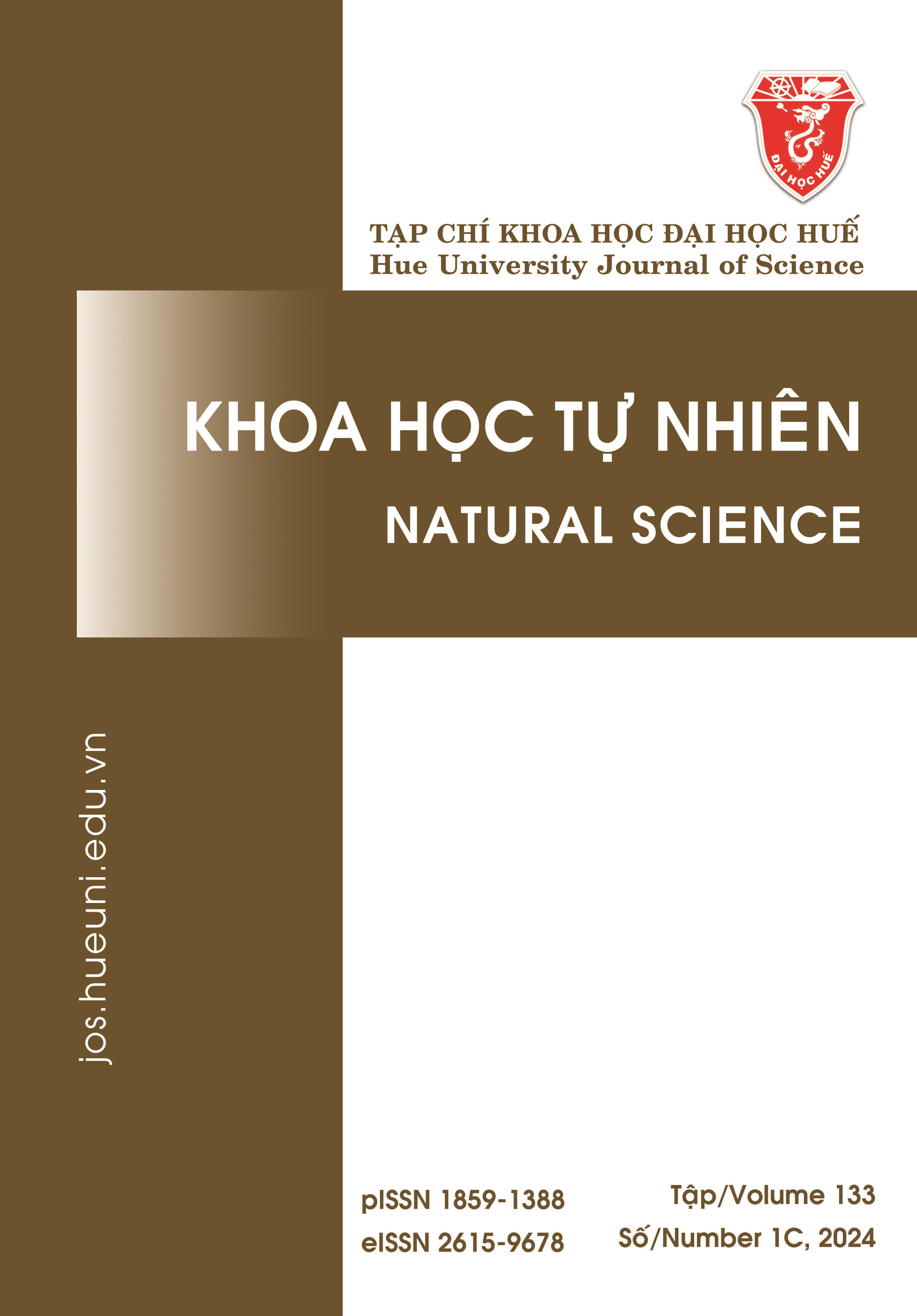Abstract
Endophytic bacteria reside in plant tissues without causing damage to the host and enhance plant growth under both normal and adverse conditions. In this study, 30 strains of endophytic bacteria were isolated from different wild orchids, including Dendrobium anosmum, Aerides falcata, Dendrobium thyrsiflorum, Dendrobium lindleyi, and Cymbidium finlaysonianum. The colony morphology of the isolated strains was mainly white (73.4%), and slimy (60%), with regularly rounded edges (63.3%), a few had a dry or glossy surface and a wavy edge. The results of biochemical characterization studies showed that 18/30 strains could decompose phosphorus; 15/30 strains could produce producing IAA; 16/30 strains could fix nitrogen; and 18/30 strains were likely to generate NH3. Among them, three isolated strains, named L4, L6, and C4, as outstanding characteristics than other strains, were selected for identification and identified as Burkholderia sp., Bacillus cereus, and Pseudomonas boreopolis, respectively. These microbes are potential strains that can be used as microbial products for agricultural applications, especially in growing orchid seedlings.

This work is licensed under a Creative Commons Attribution-ShareAlike 4.0 International License.
Copyright (c) 2024 Array




